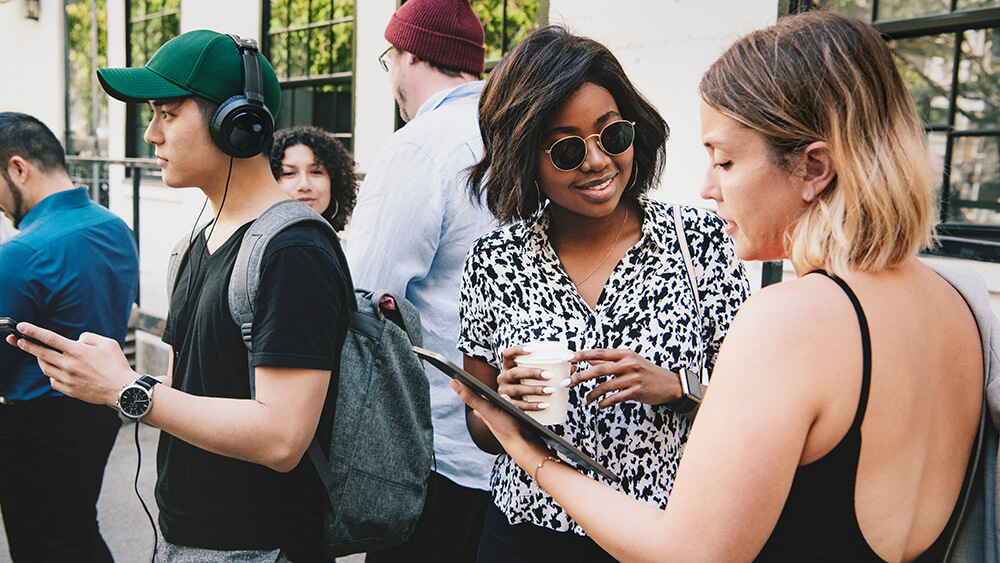
Attendees rank socializing as their top priority at events. But many suffer from social anxiety that prevents them from fully participating. These experiential networking ideas alleviate people’s fears about gatherings.
By Kimberly Hardcastle-Geddes
Experiential networking allows attendees to focus on one activity, alleviating the awkwardness of other types of social activities.
Walking up to strangers at a cocktail party can be awkward and, for some, downright scary. Experiential networking reduces stress by giving attendees an activity to focus on. When networking feels intentional, interactions happen naturally. For example, this year’s Car Wash Show featured marshmallow roasting kits and fire pit tables, allowing attendees to get to know each other while engaging in a shared activity: roasting marshmallows. Digestive Disease Week offered a conversation-starting experience on the pickleball courts.
When helping New Hope Network launch Newtopia Now, its new awareness CPG event in August, mdg included social as a value proposition from the start — opportunities to build connections should be part of the event’s brand identity, says Sierra Hollinden, account director at mdg. Intentional social is planned in advance and communicated throughout the campaign, “not an afterthought,” she says.
Newtopia Now’s floor plan — four “neighborhoods” that group products and content by theme — is heavily marketed as a starting point and destination for conversations among attendees with similar interests. Show organizers call the social event “conscious connection” and explain the steps to participate in a video on the website, turning the social event from a vague concept into a tangible event that attendees can imagine.
Planning Contact
Today, attendees expect a more curated experience. Segmenting email campaigns, delivering customized social agendas, and creating audience-specific paths online are just some of the ways personalization can begin in pre-show marketing.
Networking can be a curated experience. Recent research from Freeman shows that attendees are most interested in connecting with peers over shared professional challenges at gatherings focused on a common interest, theme, or role, and in settings where informal networking can occur.
AI matchmaking technology helps facilitate more meaningful peer-to-peer connections or meetings between exhibitors and attendees. Event platform Grip uses over 16 algorithms to strategically match attendees based on their preferences and behaviors and increase in-person meetings with exhibitors. Another event connection platform, Braindate, lets attendees start conversations before the event even starts. Attendees can post anything they’d like to discuss with their peers on Braindate’s “Topic Marketplace” before or during the event, and people with similar interests or challenges can “book” a discussion. It’s a great way to build engagement and see what attendees are really thinking.
Kimberly Hardcastle-Geddes is president and chief marketing strategist at mdg, a full-service marketing and public relations firm specializing in B2B campaigns, a division of Freeman Company.
On the web
Read Freeman’s latest trend report.
Meet and eat
Which is easier for the socially nervous person: inviting a stranger out for dinner or dining out alone in an unfamiliar city?
That’s a tough question — they’re all hard to answer. Dine-Arounds, informal get-togethers, offer an attractive alternative. Attendees can sign up for these meals, which are arranged at a restaurant at a host venue and can be themed, with a host leading the conversation, or open for general discussion. Whether the approach is formal or more relaxed, Dine-Arounds can save event attendees the energy — and potential stress — of arranging dinners and meeting fellow attendees.






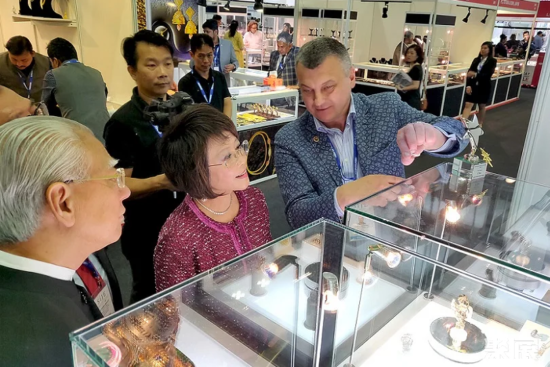
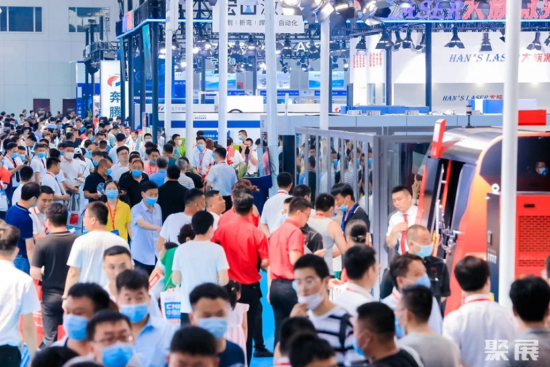

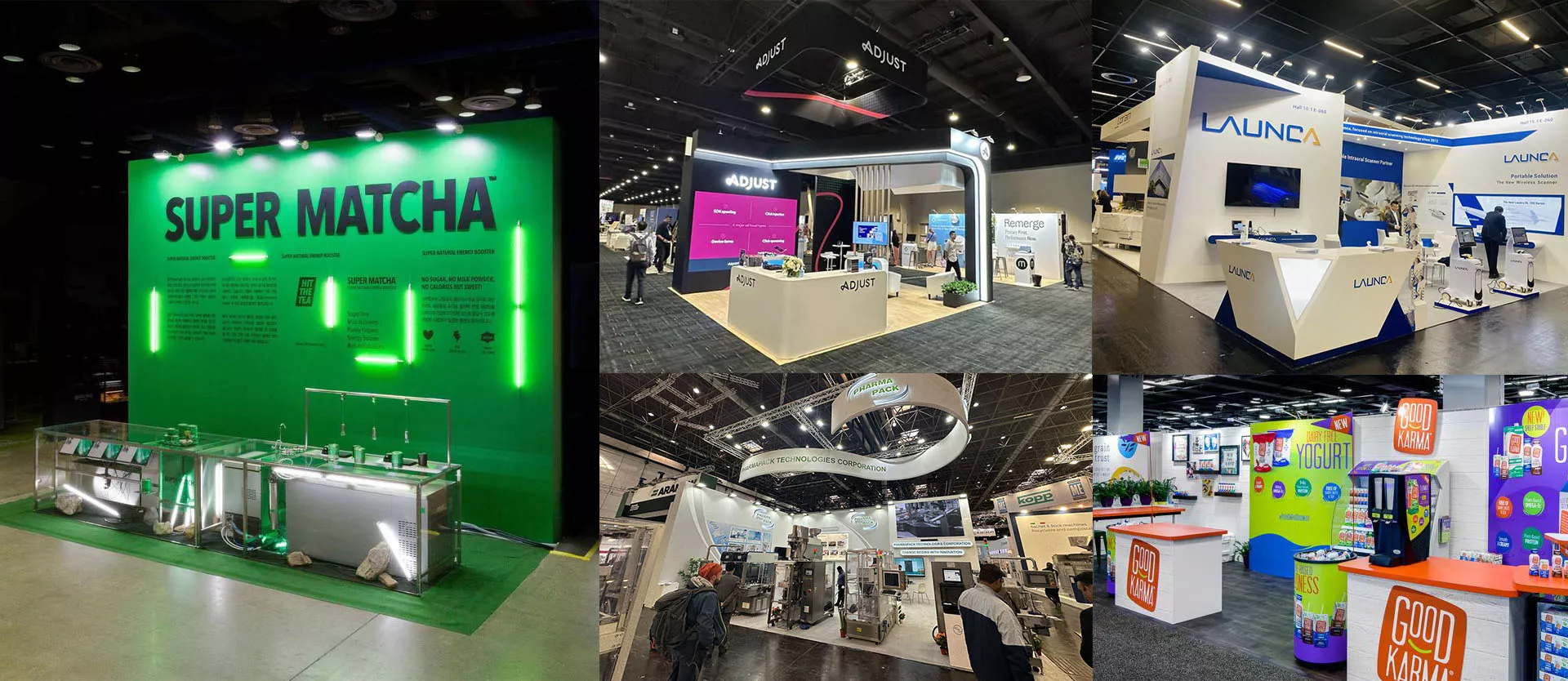
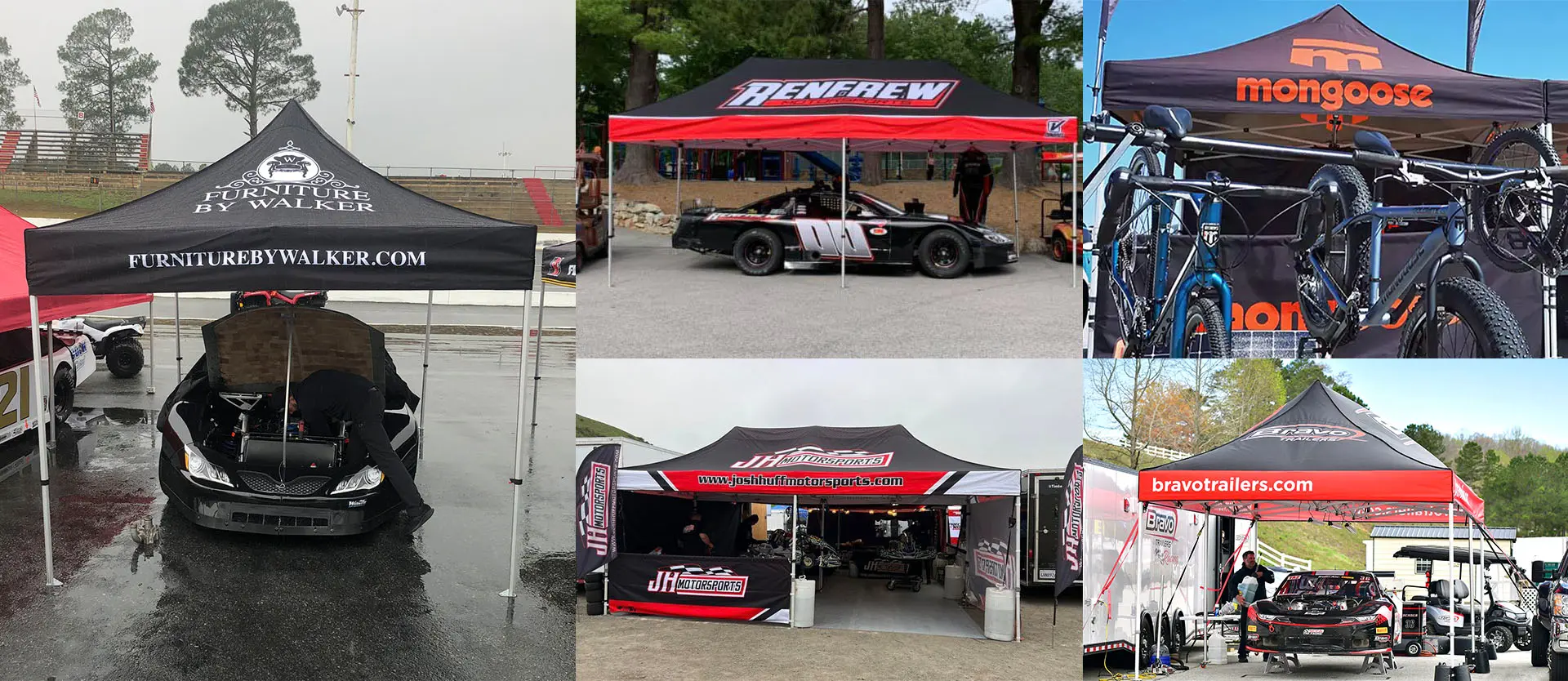
Leave a Reply Cancel reply
You must be logged in to post a comment.